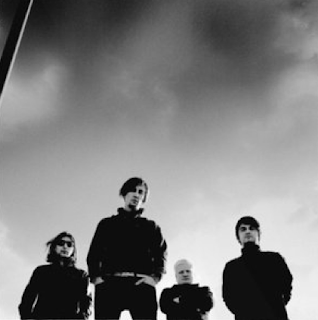 |
| Lumen |
 |
| Electric Guitar and Balalaika (Russian Musical Instrument) |
Albeit stiliagi were typically ridiculed within the Soviet press and harassed within the street by orthodox minded voters, the movement unfold across the Soviet Empire, became a lot of and a lot of refined and made its own musical stars like saxophone player Alexei Kozlov and band leader Latsi Olakh.
A further break within the isolation of Soviet youth from the West occurred at the "7th International Festival of Youth and Students" that happened in Moscow within the summer of 1957. Its purpose was to show off Soviet's successes, achievements and superiority system to the international youth and students who gathered in Moscow and to instill in these foreigners a want to struggle against capitalism and imperialism in their own countries. However, there was a sudden facet effect: among the foreigners flooding Moscow streets there have been some musicians, modern artists and beatnik poets, they're all wearing the most recent fashions and playing, dancing and listening to the most recent hits that they'd brought along. Once this sudden breath of contemporary air, there was no going back to the dreariness of the Stalinist cultural and musical landscape. Russian youth was prepared for the creation of its own distinct culture.
History
The history of Russian and Soviet rock is broken into four basic periods:
1. Cover Versions (approximately 1961--1968)
2. Search and Struggle (approximately 1968--1980)
3. Struggle and Victory (approximately 1980--1991)
4. Identity Crisis and Self-re-discovery (after 1991)
(...to be continued)